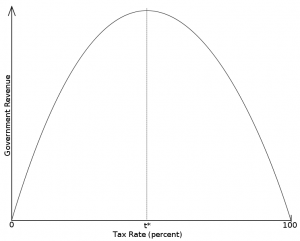Living Beyond Your Means
Connecticut is facing a projected $8 billion dollar plus deficit over the next two years. In an attempt to prevent raising taxes which are already among the highest in the nation, Connecticut is following the familiar tactic of borrowing to cover spending that the State’s citizens can’t afford.
Aug. 4 (Bloomberg) –– Connecticut, which faces an $8.55 billion budget deficit over the next two years, may borrow almost $1 billion to close a gap left over from the fiscal year that ended June 30.
“We would agree that it is necessary and appropriate” to borrow to fill the deficit, Jeffrey Beckham, a spokesman for the state’s Office of Policy and Management, which is controlled by the governor, said in a telephone interview yesterday.
Connecticut, in addition to being the wealthiest state, is also the most in hock, with $4,490 in net tax-supported debt per capita as of the end of last year, according to Moody’s. It sold bonds to finance deficits in 2002 and 2003, and was downgraded around that time one step to Aa3 as a result of its finances, said Nicole Johnson, a Moody’s analyst in New York.
Spend more than you earn year after year and the final conclusion is obvious. At some point, a debt crisis develops as creditors stop lending. The debt crisis leads to modest spending cuts and large tax increases which further reduces private economic growth that taxes are ultimately based on.
California Situation Ignored
This should all sound very familiar to citizens of the State of California who are a bit further along the path of economic suicide than Connecticut. Connecticut has not officially raised the income and sales tax rates but has imposed a large variety of fee increases (taxes) on every transaction possible. Thousands of fee increases on everything from motor vehicle registrations to business licenses have reduced Connecticut taxpayers’ disposable income.
The State has sought to squeeze money out of their citizens in the most obnoxious ways possible. Draconian enforcement of traffic laws yield fines in excess of an average person’s weekly paycheck for relatively minor transgressions. Leave your money in a brokerage or bank account for a couple of years without making a transaction and the State will grab the funds under the pretext of protecting the depositor yet will make little effort to track down the owner of the account. The list goes on. Taxpayers being squeezed dry may understandably ask why State spending cannot be cut and exactly who benefits from the huge spending increases?
Connecticut is leaving no stone unturned in its efforts to increase the effective tax rate on its citizens. The latest outrage in the State’s desperate attempt to expropriate every dollar possible is a reduction in the time allowed for lottery winners to claim their winnings. Any lottery ticket buyers in Connecticut should not take long vacations. The time limit for claiming prizes has now been reduced to only six months instead of 1 year, effective August 2, 2009. The change in claim time limitation is expected to cheat Connecticut lottery players out of $6.1 million yearly. As things currently stand, Connecticut is collecting $13 million of unclaimed winnings each year from winners who do not collect within the one year limitation.
The larger question here is how can individual taxpayers deal with a Government that is out of control, irresponsible and oblivious to the economic destruction they are causing? The answer may be one that nobody wants to hear.
